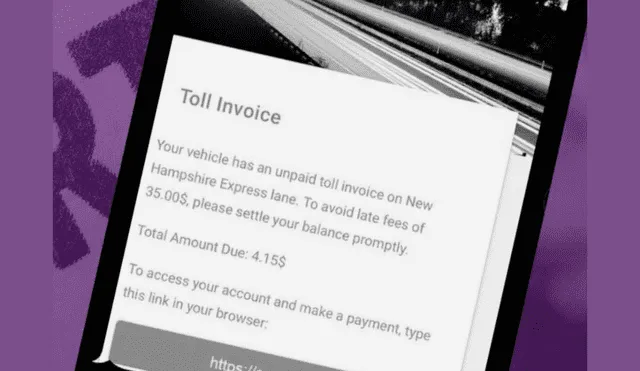Suspicious E-ZPass text? Here's how to spot the scam and stay safe
Received a suspicious E-ZPass text? Learn how to recognize E-ZPass scams and protect your personal information from fraud. Find out what steps to take if you get a fraudulent message.

A new "smishing scam" is making the rounds, targeting toll users by posing as official toll services such as E-ZPass, SunPass, Peach Pass, or EZDriveMA. These fraudsters send text messages asking for payment of supposed unpaid tolls, tricking victims into clicking a link that steals their personal information.

ALSO SEE: Federal judge blocks efforts to remove Ward Brehm as CEO of US African Development Foundation
How to identify the E-ZPass smishing scam
Recognizing the scam is relatively easy. The fraudulent text messages often come from unknown numbers or email addresses and contain a suspicious shortened link. These scammers create a sense of urgency, threatening fines or loss of license if the "toll balance" isn’t paid immediately.
Look for these signs:
- Random numbers or email addresses
- A suspicious shortened URL
- Threatening language about fines or license suspension
- Requests for small payment amounts
The scammers behind this smishing attack often ask for small amounts, which is a common tactic in fraud schemes. Since toll payments are generally minor, people are more likely to believe the scam, as the requested amounts don’t seem out of the ordinary.
The real goal: Identity theft
While the small payments might seem like the goal, the scam is actually designed to steal your personal and financial information. Clicking on the fake link takes you to a website where scammers collect sensitive details for malicious use.

The real aim of the scam is your personal information. Photo: Reader's Digest
What to do if you receive an E-ZPass scam text?
If you receive a suspicious E-ZPass text, do not click any links. Instead, report the message as spam and delete it. If you've already clicked the link or provided payment details, immediately contact your bank and credit card companies to freeze your accounts and prevent further damage.
Steps to take after clicking the scam link
If you clicked the link but didn’t enter any personal information, experts recommend taking these steps:
- Put your device in airplane mode
- Scan for malware
- Backup your data
- Change your passwords
Following these actions can help minimize the risk of further attacks on your personal data.












